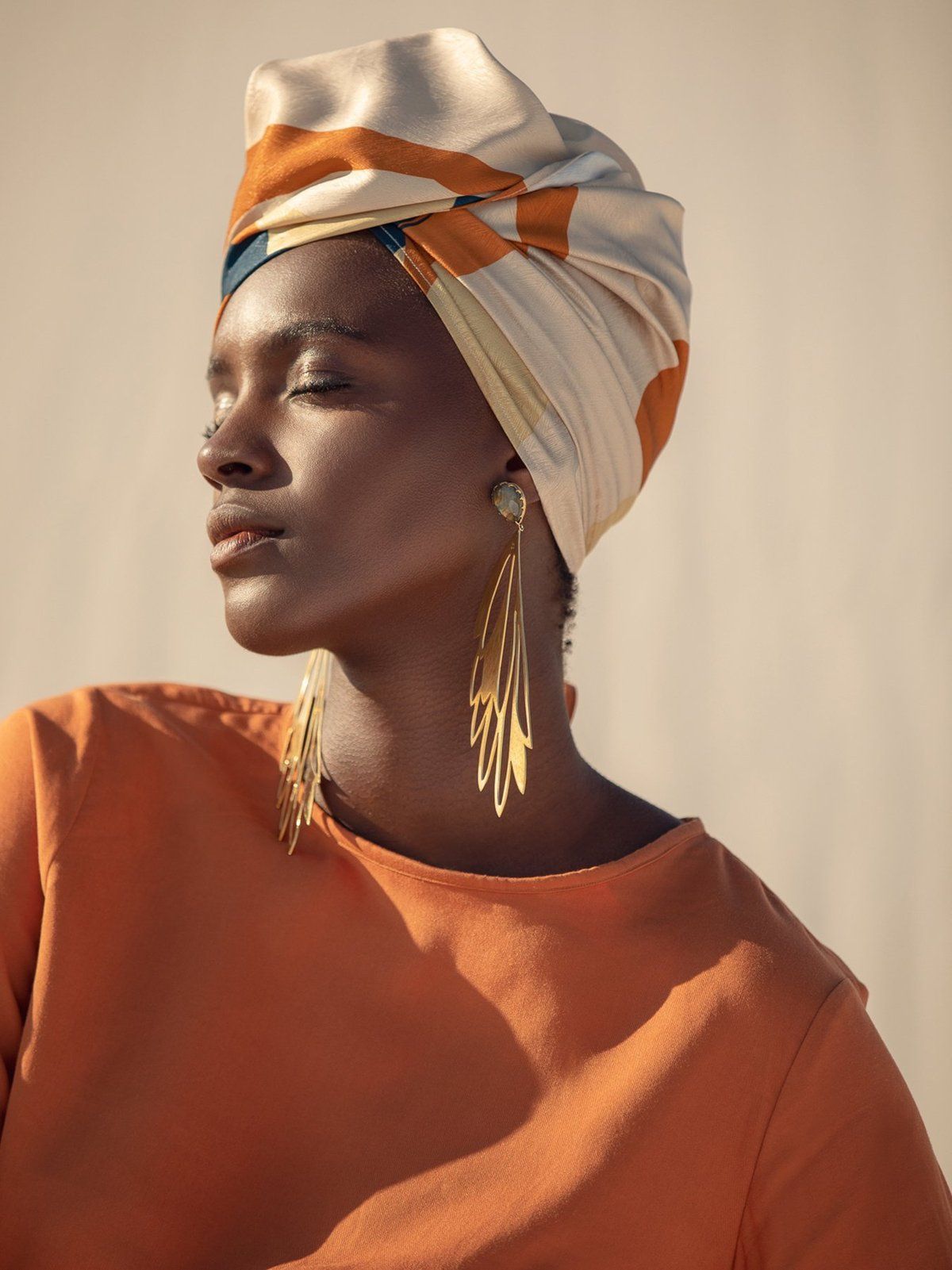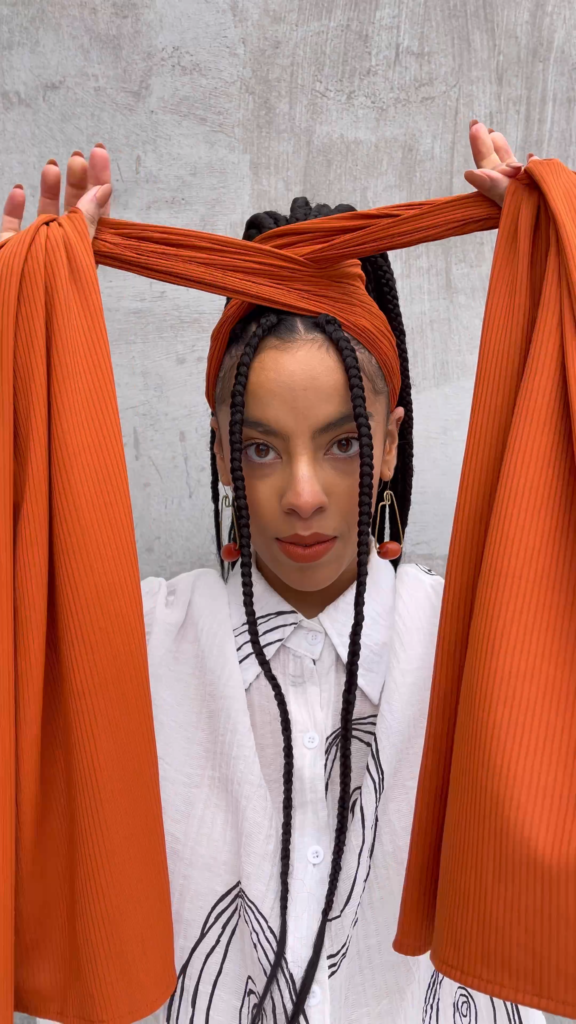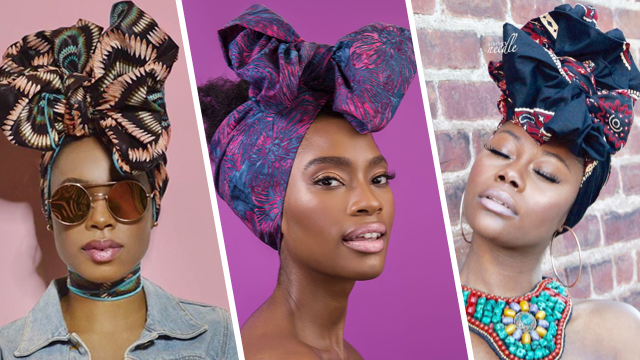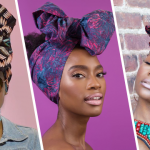Head wraps have been worn by people around the world for centuries and hold significant cultural meaning and heritage. These versatile pieces of fabric have played a key role in various cultural traditions and practices, reflecting the history and identity of different communities.
In Africa, head wraps, also known as “gele” in Nigeria, “dhuku” in Zimbabwe, and “doek” in South Africa, have been worn by women as a symbol of their cultural identity and heritage. The intricate designs and patterns of these head wraps often signify a woman’s social status, marital status, or even her mood. Head wraps are a common sight at weddings, funerals, and other significant events, where women wear them to convey respect, dignity, and tradition.
In the United States, head wraps have been a symbol of resistance and empowerment for African American women. During slavery, African American women were forced to wear head wraps as a means of controlling their appearance and identity. However, in the 1960s and 1970s, the head wrap became a symbol of pride and resistance during the Black Power movement. Women like Angela Davis and Assata Shakur wore head wraps as a form of rebellion against societal norms and as a way to reclaim their heritage.
In India, head wraps known as “saris” are worn by women as a symbol of their cultural heritage and tradition. The sari is a versatile piece of clothing that can be worn in various ways, including as a head wrap. The sari is considered a symbol of femininity, grace, and tradition in Indian culture.
In the Middle East, head wraps known as “hijabs” are worn by Muslim women as a symbol of their religious beliefs and cultural heritage. The hijab is worn to cover the hair and maintain modesty in accordance with Islamic teachings. The hijab is also seen as a symbol of empowerment and resistance against Western ideas of beauty and femininity.
Overall, head wraps hold significant cultural significance and heritage around the world. From Africa to the United States to India to the Middle East, head wraps have been worn by women as a way to express their identity, tradition, and heritage. Whether worn as a symbol of resistance, tradition, or religious beliefs, head wraps continue to be an important part of cultural practices and traditions worldwide.
 thefashiontamer.com Fashion Inspirations
thefashiontamer.com Fashion Inspirations














